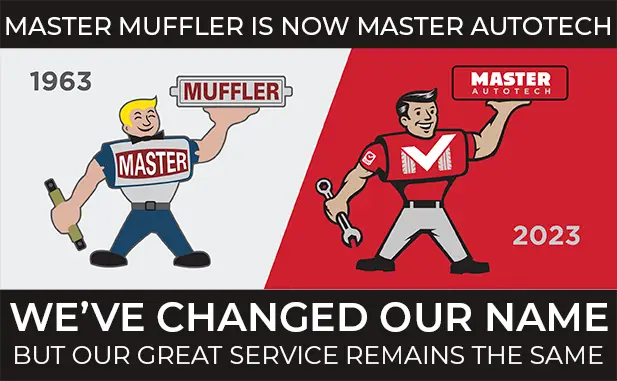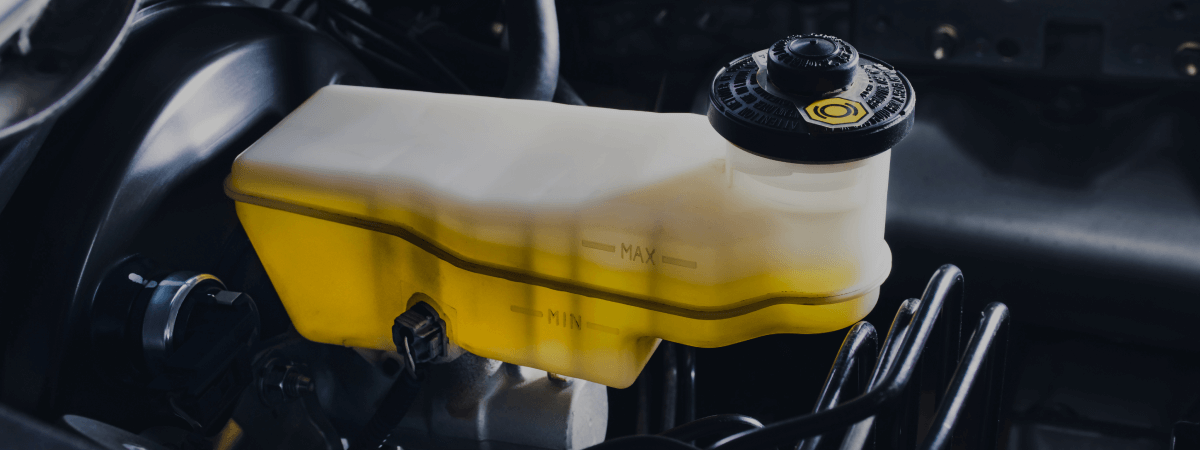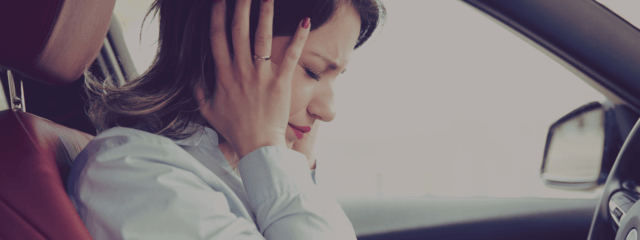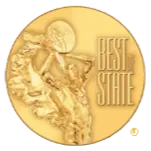
Here’s a quick thought experiment: seated behind the wheel of a car, would you rather not be able to go or not be able to stop?
Another query: Which would you rather lose mid-drive? Your power steering or your brakes?
When push comes to shove, most of us would answer the same way: when it comes to safety, the ability to stop the car at any time is critical. One could suspect that the same argument would be made if we compared the braking system with much-loved, yet non-essential systems; even on a hot day in the desert, most people would rather have responsive brakes than air conditioning.
Safety’s First System
No matter if you’re driving a vintage 1960 Lincoln Continental or a brand-new Ford F450 XL Pickup, when you’re operating anywhere from 5,000 – 9,000 lbs worth of vehicle, you are going to want all the control you can get. Without the ability to stop, these cars become nothing more than a land missile, ensuring that you (and very likely, any other car around you) will be checking into your nearest Provo car repair shop soon.
Luckily, car companies are placing a bigger emphasis on perfecting the braking system. With the advent of forward collision warning and automatic emergency braking, the number of bumper-to-bumper crashes involving cars with those systems has dropped by a large amount.
- Front-to-rear crashes have decreased 43%
- Injuries from those accidents have decreased 64%
- More than 99% of new car makers have pledged to have all their cars fitted with these systems by the end of September 2022.
As computers become more integrated into our car’s various systems, a car repair technician must have more training than simply knowing which wrench to use — times have changed. In their continued pledge to keep Provo’s streets safe, Master Muffler has required that each of their mechanics is trained to work on every make and model.
Your Braking System
Like all major systems in your vehicle, your brakes are made up of multiple parts, all working together to ensure the car stops when you wish.
- Brake Pedal: The brake pedal is one of the two main switches controlled by your feet and is how the driver tells the car to stop.
- Brake Lines: The brake lines send the brake fluid to each of the tires to exert pressure on the cylinders.
- Disc Brakes: This is where the brake pads are installed on the front tires.
- Drum Brakes: Not unlike the disc brakes, the brake pads are installed on the back tires in what are called drums.
- Master Cylinder: The master component that interacts with the brake pedal and the brake fluid. It creates teamwork between the other parts and makes sure that the slave cylinder acts on the instructions sent from the driver to brakes.
- Slave Cylinder: The slave cylinder is where the actual act of stopping the car is carried out.
As you can see, there are more than a few parts involved in making sure the car slows and stops. If the car is ever showing symptoms of a faulty brake system, like a squealing noise when the pedal is pressed or a shuddering as the car comes to a stop, it is time to bring your vehicle into the Master Muffler Provo car repair center.
Related Posts
Key Takeaways On average, passenger vehicle tires last 40,000 to 60,000 miles, depending on type, driving habits, and maintenance. Replace tires when tread depth reaches 2/32”, if damaged, or older than 10 years. Regular rotation, alignment, and proper inflation extend tire life. Aggressive driving, poor roads, and harsh weather shorten tire lifespan. Take advantage [...]
When you think about car maintenance, you probably focus on oil changes, tire rotations, and maybe even brake pad replacement. But what about your brake fluid? If you’ve ever wondered, “What does brake fluid do?” or “Why is brake fluid important?”, you’re not alone. Brake fluid might not be the most talked-about part of [...]
Is that high-pitched squeal from your brakes driving you—and everyone else—crazy? Don’t ignore it. Squeaky brakes aren’t just annoying, they’re your car’s way of saying something needs attention. Whether you're cruising through Salt Lake City or winding up Idaho’s mountain passes, here’s what’s likely going on, how you can fix it, and when it [...]





